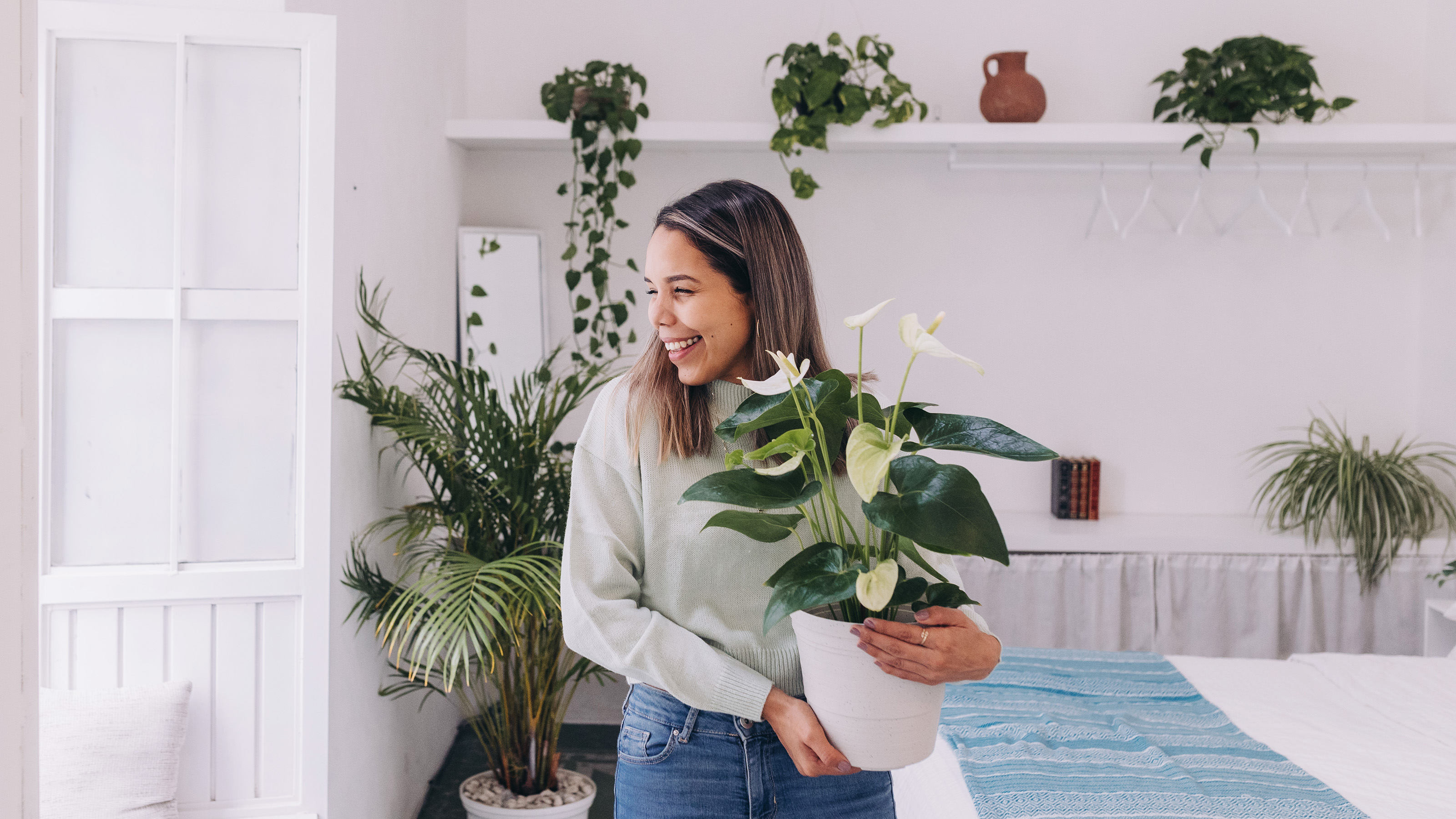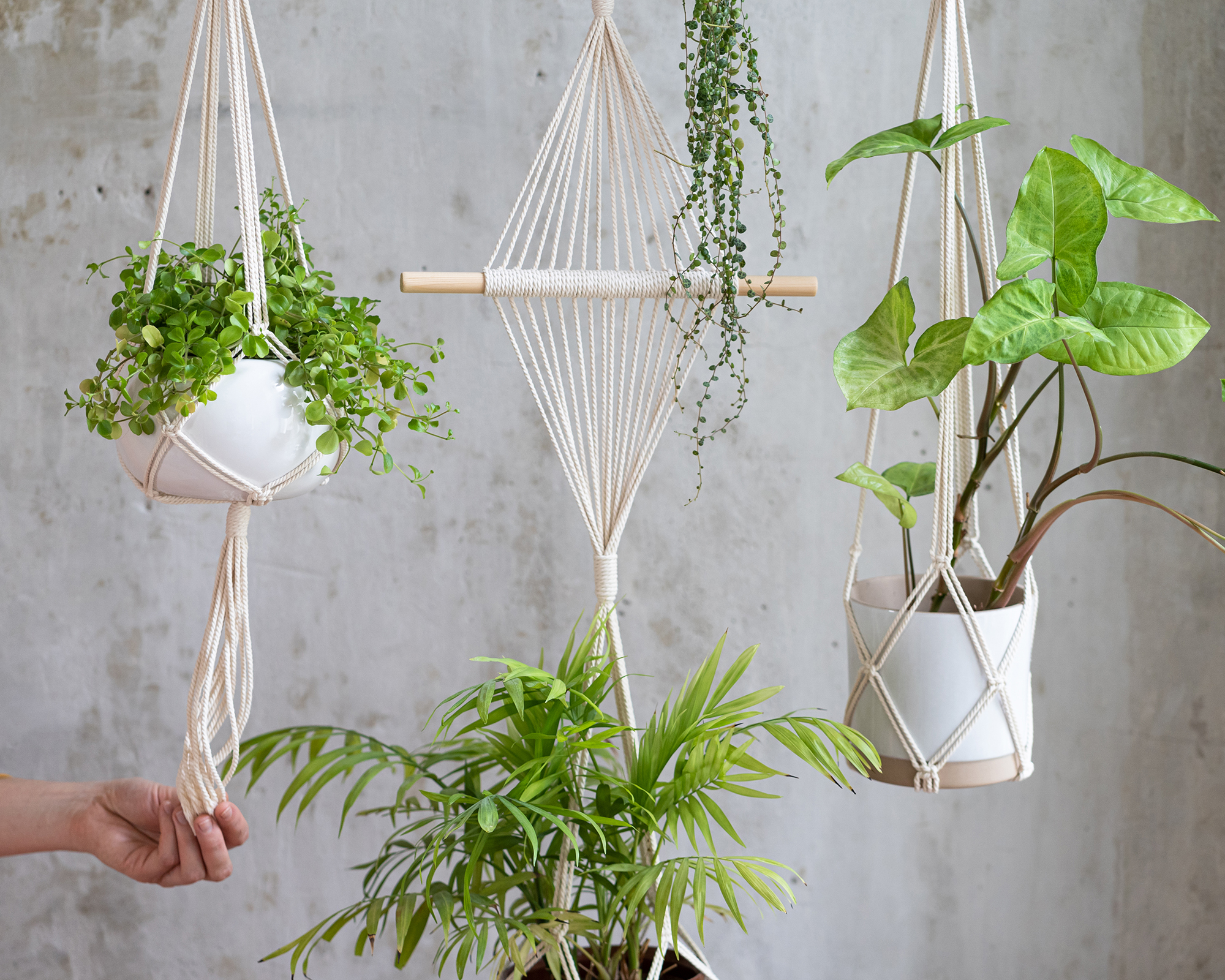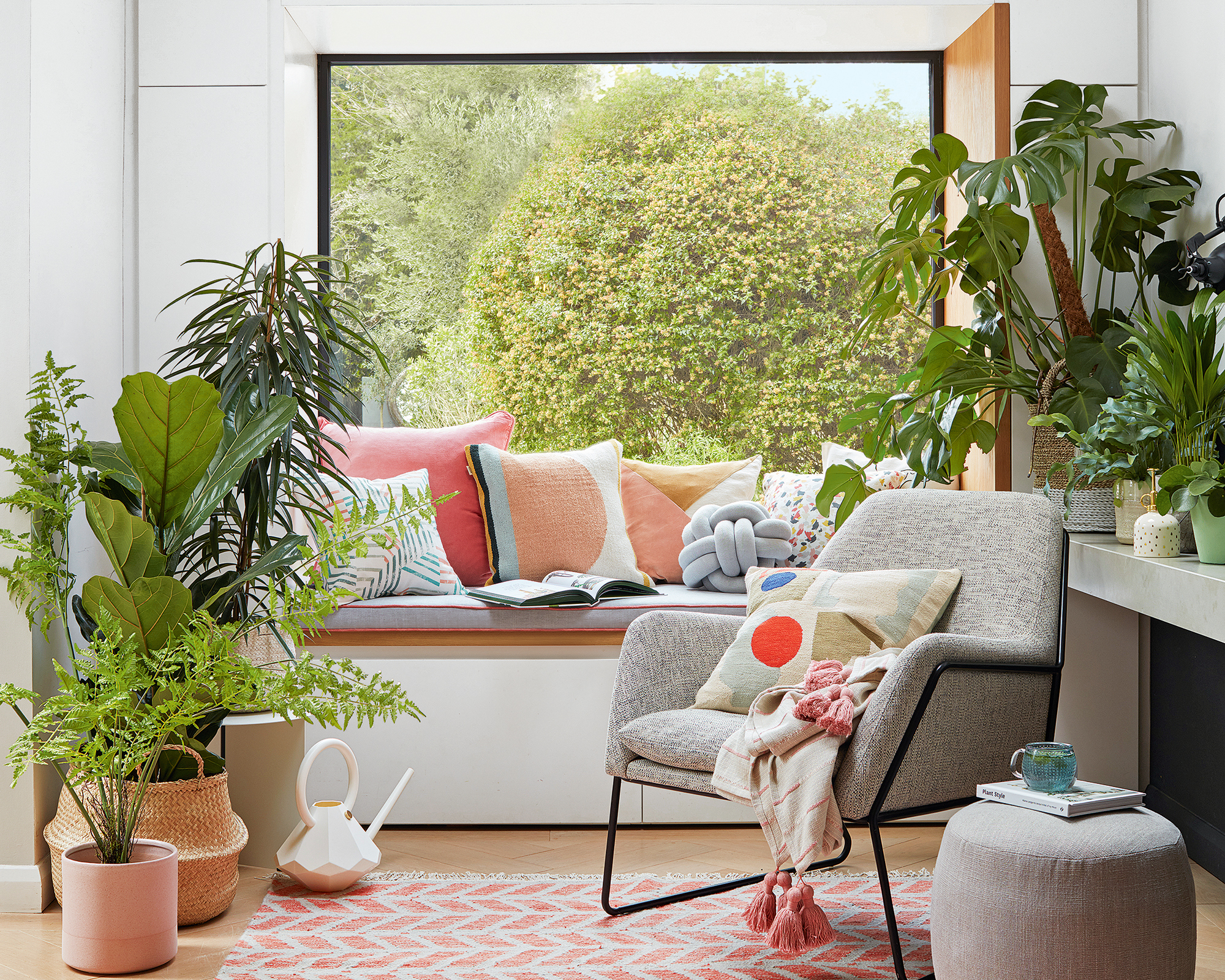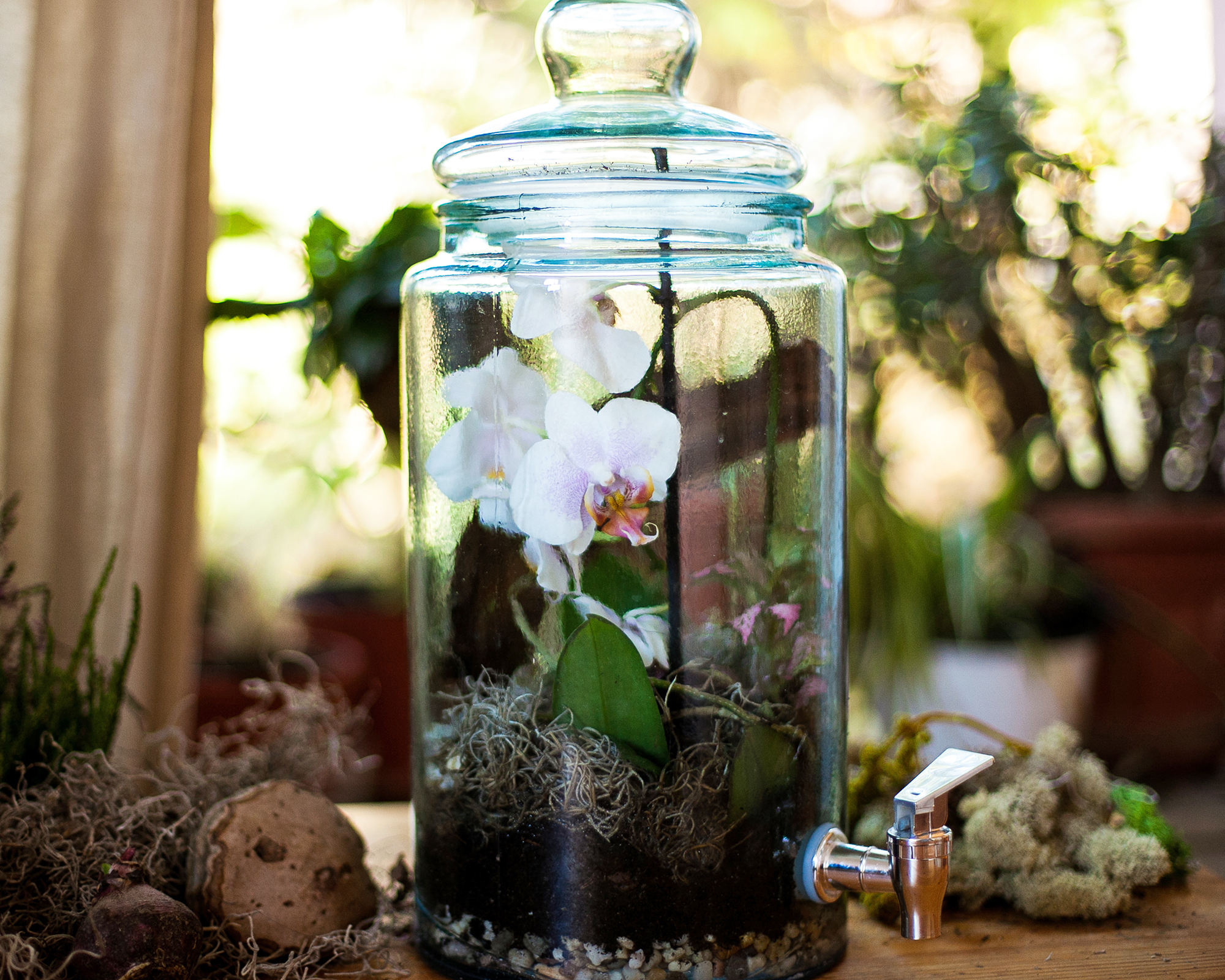5 Biophilic Design Ideas Everyone Should Try For A Happier, Healthier Home
Connect to nature in your home, and experience the life-affirming power of plants, with these simple ideas for embracing biophilic design concepts.


Humans are happiest and healthiest when they can connect with nature in daily life. Biophilic design encourages this connection by creating living spaces that allow occupants to feel close to the natural environment.
“A biophilic design approach allows us to create indoor environments that directly nurture our physical, emotional, and mental well-being,” says Mitch Meiners, biophile and manager of the Caine Conservatory in the Wanek School of Natural Sciences at High Point University.
“By incorporating natural elements into our built environments, we can reduce stress, improve cognitive function, and foster a greater connection with the world around us – all while increasing aesthetic appeal and sustainable involvement.”
Biophilic design relates to how we experience all forms of nature – including plants, sunlight, air, water, and animals. However, adding more houseplants into our homes is one of the easiest ways to feel connected to the natural world.
These simple, inexpensive ideas can be achieved by anyone – whether you live in a country house or an urban apartment.
1. Include A Variety Of Houseplants In Every Room

You may already have a few houseplants dotted around the home. However, the more you can include, the more you will benefit from their calming and air-purifying properties.
“Houseplants function as living, breathing companions within indoor spaces. With every breath, houseplants improve air quality in homes by filtering out pollutants and increasing oxygen levels,” says Mia Roettger, an up-and-coming interior designer with a focus on biophilic design.
Sign up for the Gardening Know How newsletter today and receive a free copy of our e-book "How to Grow Delicious Tomatoes".
“Simply adding plants to your home not only enhances air quality, but they also act as versatile decor elements. Unlike most of your home decor, houseplants will not collect dust. In fact, they aid in reducing airborne dust in your home, meaning less dust bunnies and happier lungs.”
Look for opportunities to include houseplants in every room, not just the main living spaces. There’s no need to line them all up on every windowsill though. Choosing varieties with different light requirements allows you to position them throughout the space. Some plants thrive in a sunny south-facing window, while others prefer indirect light, or there are even houseplants suitable for dark rooms.
While nurturing houseplants fosters a connection with nature, it is wise not to fill your home with high-maintenance plants that require a lot of care.
“Some great easy-care houseplants to try are spider plants, aloe vera, air plants, and cacti,” suggests Mia.
2. Hang Trailing Plants To Feel Immersed In Nature

When choosing plants for your interior, consider the potential offered by hanging trailing plants, which allow you to utilize the vertical plane.
“Hanging plants bring a diverse range of design options and aesthetic charm to your home,” says Mia. “Their length and hanging opportunity add vertical interest to the design aesthetic of a home, drawing the eye in a new direction that is otherwise a horizontal frame.
“Additionally, their delicate appearance evokes a sense of calm, creating a cozy and relaxing environment, perfect for bedrooms and living rooms.”
Good hanging plants to try include burro’s tail, English ivy, heart-leaf philodendron, and string of pearls.
Hanging baskets are effective at brightening up dull corners. They make particularly striking features in porches, entrance halls, and conservatories.
You can get a similar effect by adding trailing plants to a shelf or windowsill. Alternatively, make use of wall-mounted planters to create a statement feature.
3. Make The Most Of Natural Views

Adding greenery inside is just one way of embracing biophilic design. To fully benefit from the concept, you should also explore options for connecting to nature outside.
Unless you are building or remodeling, you can’t change the position of windows, but you can be clever about highlighting views that link to the natural landscape.
This may be a view of a beautiful garden bed, flowering shrubs, hedges, or even just a glimpse of leafy treetops.
Use the viewing angle from different windows to help design a window garden view. For example, if the view from your kitchen or home office is just a fence or patch of lawn, then plant a tree, or train a climbing vine.
If you have no control over the view outside, then add a window box or style up a balcony with potted plants.
Take inspiration, too, from the current bare window trend. Not only does removing drapes from windows maximize light and the sense of space, but it also fosters a greater connection with the landscape beyond.
If you have privacy concerns, then consider updating fussy drapes with minimalist blinds. Natural-colored window frames and sills will further provide continuity.
4. Grow Your Own Food Indoors

“Indoor gardening allows us to connect to sustainable and self-sufficient practices without the restraint of land capacity,” says Mitch. “Additionally, gardening acts as a form of self-care. Tending to indoor crops provides a tangible physical connection to the food we eat, in turn fostering a deeper understanding of plant life cycles and appreciation for the resources the Earth provides.”
Not all crops can be grown as indoor vegetables, but some small-space varieties will thrive in a winter windowsill garden or in a pot next to the back door.
“Peppers, tomatoes, and mushrooms are incredibly conducive to indoor environments with proper lighting,” says Mitch.
Try a planter of cut-and-come-again lettuce on the windowsill, and you can’t fail with microgreens, which are ready to harvest in as little as a few days.
While many crops can be successfully grown from seed, you can also regrow vegetables in water from kitchen scraps.
“Simply cut off the root end of store-bought celery, for example, place it in water, and watch your harvest grow,” says Mitch.
“In addition, store-bought herbs like mint and basil can very easily grow into full-size plants, providing harvest year-round. Put in water till roots grow then transfer to soil.”
5. Plant A Terrarium

Setting up a terrarium enables even the tiniest homes to accommodate a miniature garden. These glazed planters are perfect for plants that thrive in moist conditions, as the glass enclosure creates a more humid environment.
Cultivating these small worlds provides a wonderful way to get up close to nature, and there is even the opportunity to include creatures like frogs or geckos.
Terrarium styles vary, and you can choose to create one that has an open top – which is well suited to plants that require airflow. Alternatively, some plants can be housed in a closed terrarium that is completely sealed.
Terrarium care is easy, requiring only occasional watering if opting for an open terrarium. However, you need to choose suitable terrarium plants. These are usually small plants, but you can grow larger varieties if you opt for a bigger terrarium size.
Orchid terrariums are a popular choice, as their exotic flowers look beautiful housed within glass.

Melanie is an experienced gardener and has worked in homes and gardens media for over 20 years. She previously served as Editor on Period Living magazine, and worked for Homes & Gardens, Gardening Etc, Real Homes, and Homebuilding & Renovating. Melanie has spent the last few years transforming her own garden, which is constantly evolving as a work in progress. She is also a passionate organic home grower, having experimented with almost every type of vegetable at some point. In her home, Melanie tends to an extensive houseplant collection and is particularly fond of orchids.